
Advanced Omnichannel Personalization for Media Brands
The growth of Media and Publishing websites directly depends on the size of their audience. The more the number of people browsing a Media website, the higher is the number of loyal readers and ad revenue.
Media websites constantly aim to grow their audience through increased pageviews. To do that, they undertake marketing campaigns across multiple channels such as email, mobile, ads, social media, and even the website itself. These campaigns can be highly effective when carried out in a seamless and coordinated manner. And, with today’s marketing technology, it can be a cakewalk.
This post will explain how Media companies can run personalized marketing campaigns for their readers across different channels, seamlessly. These campaigns aim to secure the highest user engagement rate and, subsequently, establish a larger audience base.
This post talks about the leveraging the following channels for personalized communication with readers:
- Website
- Mobile
Website Personalization
The best way to make readers stay longer on a Media website is by presenting them the content they are most interested in. Offering personalized content on the website is expected to make readers browse more articles.
This can be achieved with a new generation AI-based marketing platform. An AI-powered marketing tool can help you monitor the behavior of readers on your website and learn about their interests and preferences. Based on this information, the tool can generate custom content recommendations for each reader. Next, these personalized recommendations can be strategically highlighted on your website, resulting in a substantial increase of pageviews.
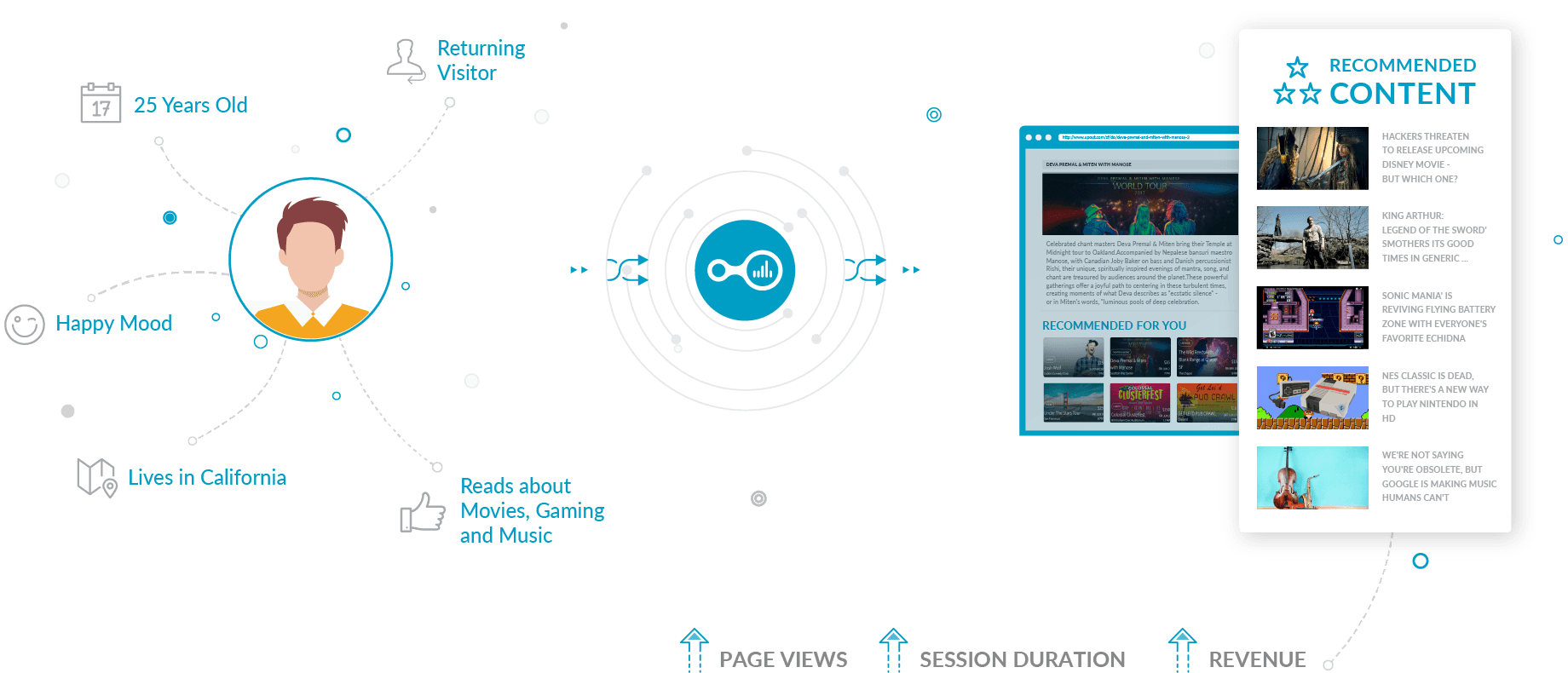
This strategy is being effectively deployed by Snopes.com. Snopes.com generated more than twice the number of pageviews from its personalized recommendation section. It implemented the recommendation section on each article page for maximum visibility. Here’s how it looks:
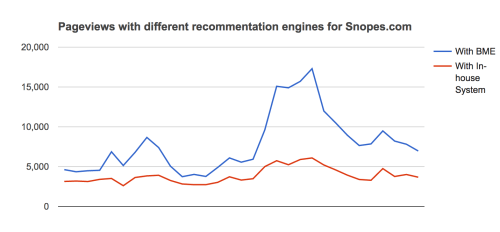
Below is a graph that shows the number of pageviews generated using Boomtrain’s AI-powered recommendations and Snopes.com’s tradional related articles section.
Read More: How Snopes.com Boosted Email and Website Engagement 2x Using Boomtrain
If implementing AI-powered recommendations seem a bit advanced, you can start with basic (but effective) recommendations on your Media website. You can feature “Popular Articles” that are being liked the most by your audience. Here is an example from Techcrunch:
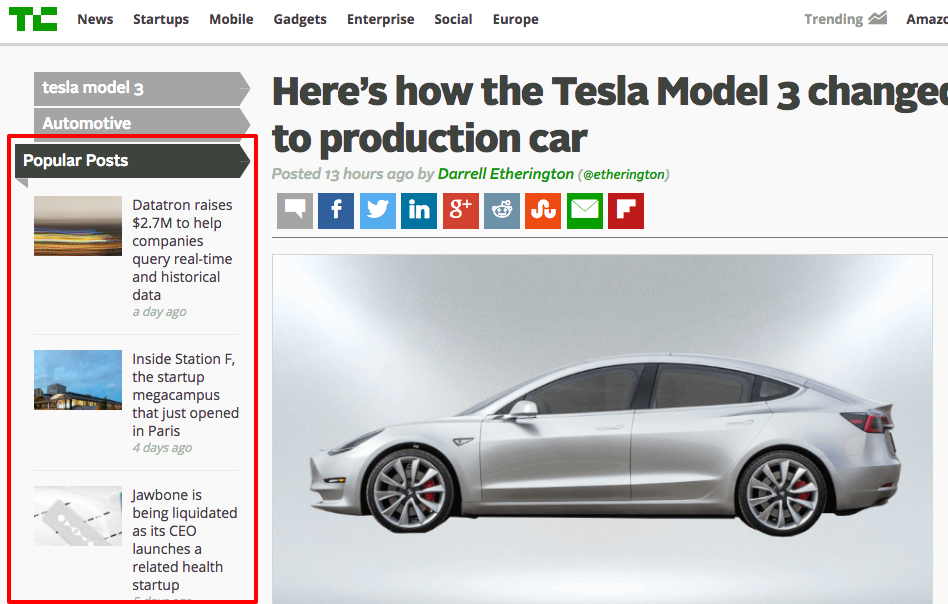
These user recommendations aim to keep the readers engaged with your content, nudging them to convert into your loyal users.
Email Personalization
After ensuring a personalized website experience for the visitors, it’s time to personalize off-site communication channels. And, arguably, the biggest communication channel for Media brands is email.
Email personalization, today, is no longer just about adding a user’s first name to the subject line. The entire content of an email can now be personalized at a 1:1 scale for each user with a smart marketing platform. Using a smart marketing platform, you can ensure that personalization across channels happens seamlessly. The marketing platform can utilize personalized content on the website to also customize emails for individual users.
Let me elaborate by giving you an example case study of Snopes.com. Snopes.com sends bulk emails to its users that are personalized using Boomtrain’s AI-engine (which also powers Snopes’ website recommendations). Here is how one of its personalized emails look for a user:
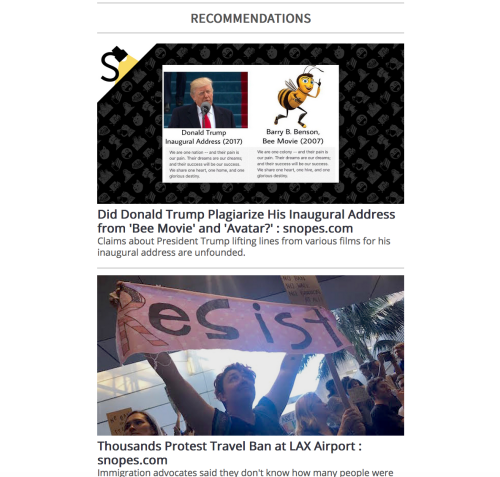
Snopes.com saw its email rate increase from 30% to 49% with AI-powered email personalization.
In general, AI-personalized emails see a 228% lift in open rate and 100% lift in click-to-open rate. (This data is based on Boomtrain’s “The State of AI-Powered Email Marketing 2017” report.)
Triggered email campaigns
An advanced email strategy covers personalization of not just bulk emails but triggered emails as well.
There are several actions that users take on Media websites that indicate an open window for communication. Triggering personalized emails to users at those moments should increase engagement with readers and improve their user experience, too.
For example, you can lure your most interested readers into becoming your customers (subscribers) by triggering promotional emails. For readers that visit your website, say, at least 3 times a week, you can send an email asking them to subscribe to your paid newsletter and even offer an incentive if it seems appropriate.
Another example could be for users who are interested in specific type of articles. For instance, you can identify readers interested in sports news (say, visitors who read more than 8 sports articles a week), and trigger a sports-only weekly/daily email newsletter for them.
Mobile Personalization
Mobile is an essential part of any omnichannel marketing strategy today. Media brands understand the importance of engaging with audience over the mobile channel in growing their business. That’s why most progressive Media companies have a strong presence over mobile. However, the channel can be used to its full potential only when the communication is personalized at a 1:1 scale.
Let’s delve deeper.
Mobile app personalization
Media brands can personalize their mobile apps just like how they personalize their website. An AI-powered marketing platform can help them create a personalized mobile app experience every user by showing the content of his/her choice.
For a seamless personalization experience, you have to take into account the behavior of readers on the mobile app and the website. Tracking the interests and preferences of users across both the channels will help create a comprehensive profile for every user. An intelligent marketing platform will use this knowledge to offer personalized recommendations for individual users.
The mobile app can either feature a personalized recommendations widget or make the entire mobile content personalized for each user. Quora does it quite well:
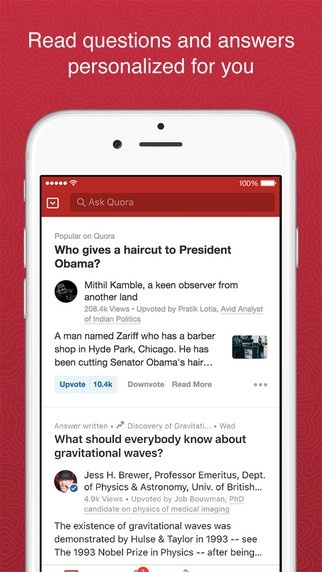
Mobile push notifications
Push notifications is increasingly becoming a widely-adopted channel by businesses and consumers across the globe. It plays an important role in a modern Media brand’s omnichannel communication.
Just like emails, push is a great medium to engage users and bring them back to your website or app further content consumption. Push as a channel can be effective in retaining existing users and converting them to customers.
Push notifications can be personalized along the same lines as emails. You can have bulk or triggered push notifications.
For instance, news brands can use Push effectively to send out time-sensitive articles and pull users back to your app.
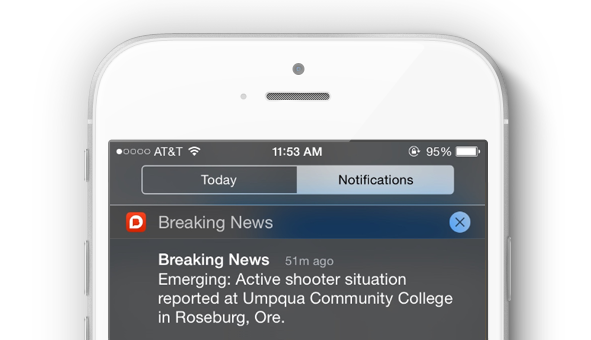
Similarly, you can schedule bulk Push campaigns for readers, which can contain individually personalized content recommendations.
Final Thoughts
Media brands have to master personalization with their omnichannel marketing strategy. Only with personalization, they have a chance to maximize engagement with their readers, and, subsequently, grow their business.


